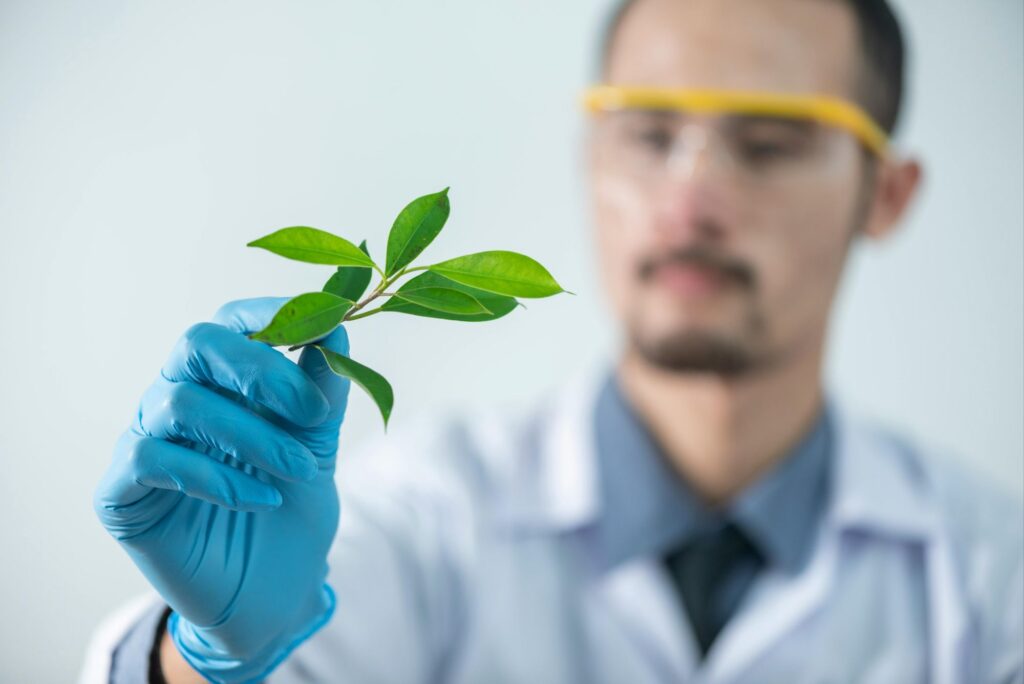General science

Physical Sciences
Our General science journey starts from : The physical sciences cover various topics related to the universe and natural processes. It includes the study of the universe, galaxies, light years, and the solar system, including the Sun and Earth. The natural processes discussed are solar and lunar eclipses, Earth’s rotation and revolution, and weather variables like temperature, pressure, humidity, and precipitation. Natural disasters such as earthquakes, volcanoes, tsunamis, floods, and wildfires are also studied, along with disaster management. Energy resources, both renewable (solar, wind, LED) and non-renewable, are explored for sustainable use. Other areas include atomic structure, chemical bonding, electromagnetic radiation, and modern materials like plastics, ceramics, and semiconductors, as well as their applications in antibiotics, vaccines, fertilizers, and pesticides.
Biological Sciences
Biological sciences examine the structure and function of cells, including organelles like the nucleus and mitochondria. It also covers biomolecules such as proteins, lipids, carbohydrates, and enzymes. The plant and animal kingdoms are studied to understand their similarities and differences. Human physiology and common diseases like polio, diarrhea, malaria, hepatitis, and dengue, including their causes and prevention, are important topics. Additionally, the concept of producing biofuels is introduced as a new method for sustainable energy production.
Environmental Science
This field focuses on different aspects of the environment, such as the atmosphere, hydrosphere (water cycle and water compartments), biosphere (biomes), and lithosphere (rocks and minerals). It also covers pollution in the air, water, and land. Air pollution includes pollutants like COx, NOx, and particulate matter, and their impact on global issues like acid rain, ozone depletion, and climate change. Water pollution is studied in terms of its causes, effects, and major pollutants. Land pollution addresses solid waste management. The role of remote sensing and GIS in environmental science and population planning is also included.
Food Science
Food science examines the components of a balanced diet, including vitamins, carbohydrates, proteins, fats, minerals, and fiber. It also looks at the quality of food, focusing on the bioavailability of nutrients, appearance, texture, and the role of food additives, preservatives, and antioxidants. The study of food deterioration, its causes, and methods of preservation is also an essential part of this field.
Information Technology
Information technology covers the basics of computers, including hardware, software, data storage, and networking. It explores the role of the internet, business software, and social media platforms. The field also introduces fundamental concepts of artificial intelligence. Telecommunications, including wireless communication technologies like mobile, satellite, GPS, and fiber optics, are also part of this study.
